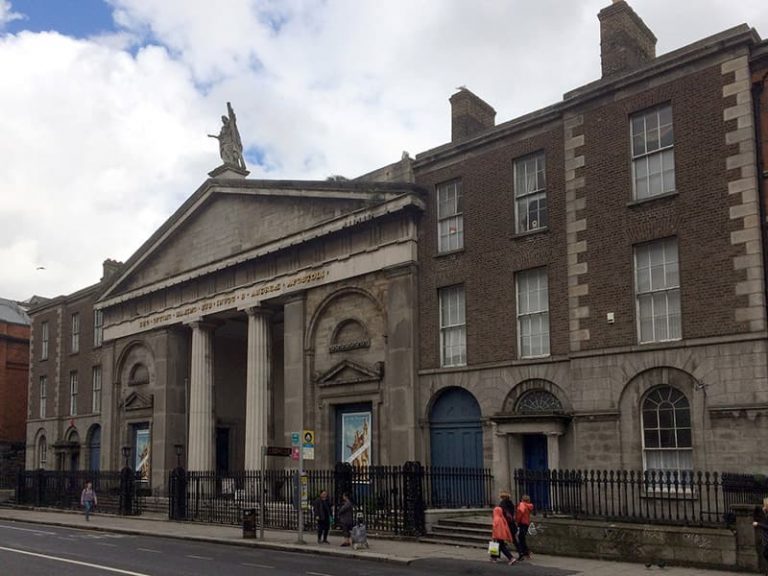As St. Patrick’s Day brings a global celebration of Irish heritage, it offers a moment of reflection and gratitude for those of us with roots that trace back to the Emerald Isle. Today, I dedicate this blog post to my third great-grandparents, Mary Ann Monks and Michael Bevan, whose lives and legacy are a testament to the spirit and resilience of our Irish ancestors.
Mary Ann and Michael married on February 5, 1854, in Dublin’s St. Andrew’s Catholic parish. Their era was full of challenges, yet they showed remarkable resilience.
Michael Bevan, a skilled coach maker, contributed significantly to Irish society. Coach making was essential for 19th-century Dublin’s mobility and commerce. Michael’s work supported his family and contributed to the city’s bustling life during significant transformations.
The couple’s first child, daughter Eliza, was born a year later. She is my second-great grandmother and our connection to Irish heritage. Her Dublin childhood was humble yet not impoverished, thanks to her father’s skilled work as a coachmaker. This job provided a steady income and job security. The many families of Fitzwilliam Lane likely provided playmates for Elizabeth and her siblings. Long summer nights skipping rope, playing a game of cat-and-stick, or marbles. As the eldest and only daughter, Eliza was her mother’s helper, especially with younger siblings.

Fitzwilliam Lane, Dublin, Ireland
Michael Bevan died in 1862 and is buried at Glasnevin cemetery (https://www.dctrust.ie/experience-glasnevin.html ). This left Mary Ann as the sole provider for their five children. Consequently, the family was forced into the south Dublin workhouse. This institution was the last resort for Ireland’s destitute. The Bevan family’s experience highlights the vulnerability of working-class families and the thin line between getting by and falling into destitution. After nearly a decade as workhouse inmates, Mary Ann and her children left in 1873/74. By 1881, they migrated to Manchester, England. There, Mary Ann lived with Eliza and her husband, Robert Jones, a shoemaker, and granddaughter, Elizabeth. She died the following year at age fifty-two.
Today, As we don our green and raise our glasses in celebration, let us also pause to honor those who came before us, like Mary Ann and Michael Bevan, whose lives reflect the resilience and strength of countless Irish families.

